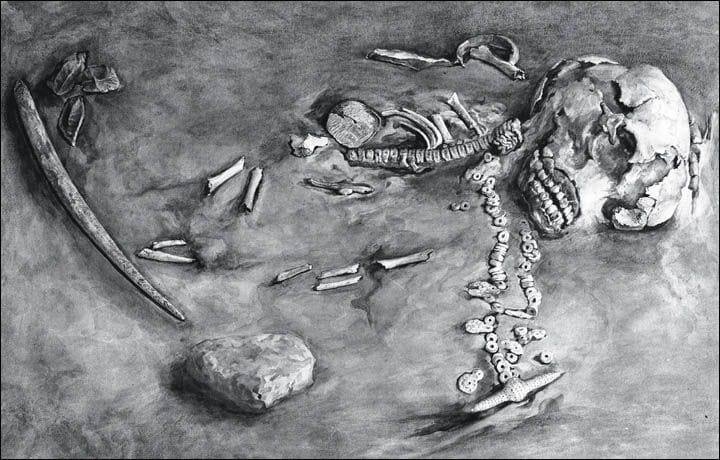24,000-year-old boy’s skeleton suggests first Americans came from Siberia

“Though our results cannot speak directly to this debate, they do indicate Native American ancestors could have been in Beringia—extreme northeastern Russia and Alaska—
any time after 24,000 years ago and therefore could have colonized Alaska and the Americas much earlier than 14,500 years ago, the age suggested by the archaeological record.”
“What we need to do is continue searching for earlier sites and additional clues to piece together this very big puzzle.”
About Research at Texas A&M University
As one of the world’s leading research institutions, Texas A&M is in the vanguard in making significant contributions to the storehouse of knowledge, including that of science and technology. Research conducted at Texas A&M represents total annual expenditures of more than $776 million. That research creates new knowledge that provides basic, fundamental and applied contributions resulting in many cases in economic benefits to the state, nation and world.
Media contact: Keith Randall, News & Information Services, at (979) 845-4644 or Kelly Graf at (979) 845-4046
Tags: Center for the study of first americans, Kelly Graf, Mal’ta child
OMTimes Magazine is one of the leading on-line content providers of positivity, wellness and personal empowerment. OMTimes Magazine - Co-Creating a More Conscious Reality



